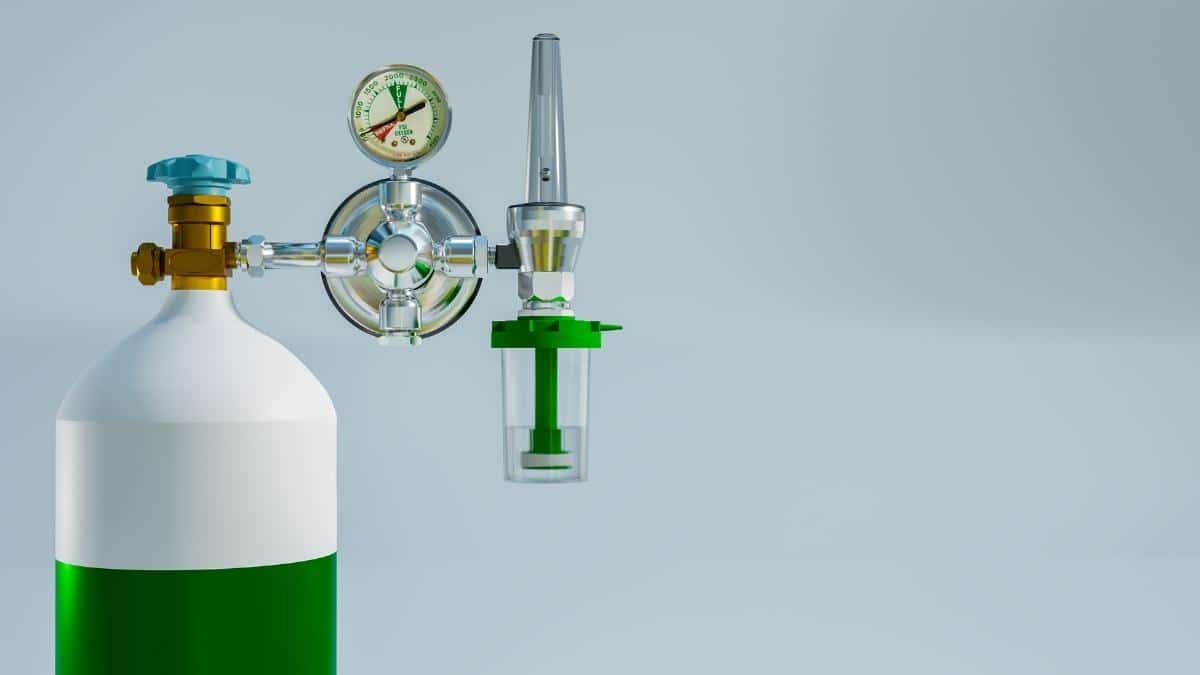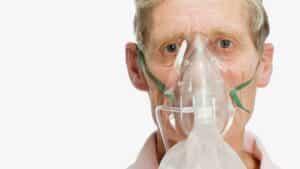Are you or someone you know currently using an oxygen tank? Let’s take a look back at its history…
The Supplemental Oxygen Tank- From Past to Present
For those suffering from Chronic Obstructive Pulmonary Disease (COPD) oxygen may be a necessity; and it’s worth knowing that supplemental oxygen has come a long way.
From the discovery of oxygen itself in 1772, it has been used within the field of medicine for over a hundred years as a treatment for respiratory illnesses such as pneumonia and COPD.
Over the years, the supplemental oxygen “tank” has evolved a great deal since its original inception. Here’s a quick overview…
Brief History-
- 1772– Oxygen is discovered by the Swedish chemist Carl Wilhelm Scheele.
- 1774– English chemist Joseph Priestly independently discovers oxygen in 1774 and publishes his findings three years before Scheele.
- 1885– On March 6th, the first recorded use of oxygen was administered by Dr. George Holtzapple for the treatment of pneumonia.
- 1887– Oxygen devices capable of storing oxygen to be used intermittently become available for use.
- 1900– The nasal catheter is first used as a conduit for oxygen therapy.
- 1917– An oxygen apparatus is designed by Jon Scott Jaldane to be used to treat gassed soldiers in World War I.
- 1950– During the 50s oxygen begins to be prescribed to patients suffering from COPD with small, portable, high-pressure cylinders in the U.K.
- 1970s– Throughout the early 70s industrial gas suppliers begin to deliver large oxygen cylinders fitted with brass regulators to patients home. In the late 70’s oxygen concentrators designed to pull oxygen from the surrounding air and deliver it to medical patients are first made available for home use.
- 1990s– As the 90’s approached, physicians begin to prescribe oxygen earlier for patients and their diseases. During this time, oxygen concentrators are developed for younger and more active patients.
- 2013– Portable oxygen concentrators (POCs) become a popular form of oxygen therapy allowing more portability, freedom and independence than previous iterations.
Compressed Oxygen and Liquid Oxygen
Today there exist two forms of commercial oxygen: compressed oxygen and liquid oxygen. While compressed oxygen is the most common form — inexpensive, usually covered by insurance, and comes in tanks, liquid oxygen is typically packaged into smaller tank-like units and is, as the name implies, a true liquid.
Although liquid oxygen has the ability to hold greater amounts of oxygen per square inch, its trade-off is its short shelf life, since it has the tendency to evaporate.
Oxygen Tanks Vs Oxygen Concentrators
Outside of the oxygen itself, the mediums of transporting it come in a variety of shapes and sizes as well. Currently there are two competing methods of oxygen delivery: oxygen tanks and oxygen concentrators.
Oxygen tanks are the most common form of oxygen delivery, available in an array of sizes to meet the needs of the user. In this form of delivery the oxygen is stored in a tank. Once the gas runs out, the tank is either refilled or replaced.
Oxygen concentrators are small, portable machines (about the size of a purse) that actively convert oxygen in the air into pure breathable O2 for the user. In this method, the amount of convertible oxygen is unlimited.
On Supplemental Oxygen…
Although supplemental oxygen can be a relief as well as a necessity for those that suffer from COPD, it is not a form of treatment and can even be overused.

Christine Kingsley, APRN is the Health and Wellness Director at the Lung Institute where she focuses on providing helpful online resources for people looking for information on various lung diseases, breathing exercises, and healthy lifestyle choices. She advocates for holistic care that involves working with your doctor to explore all options including traditional and alternative care while focusing on diet and exercise as proactive measures.









